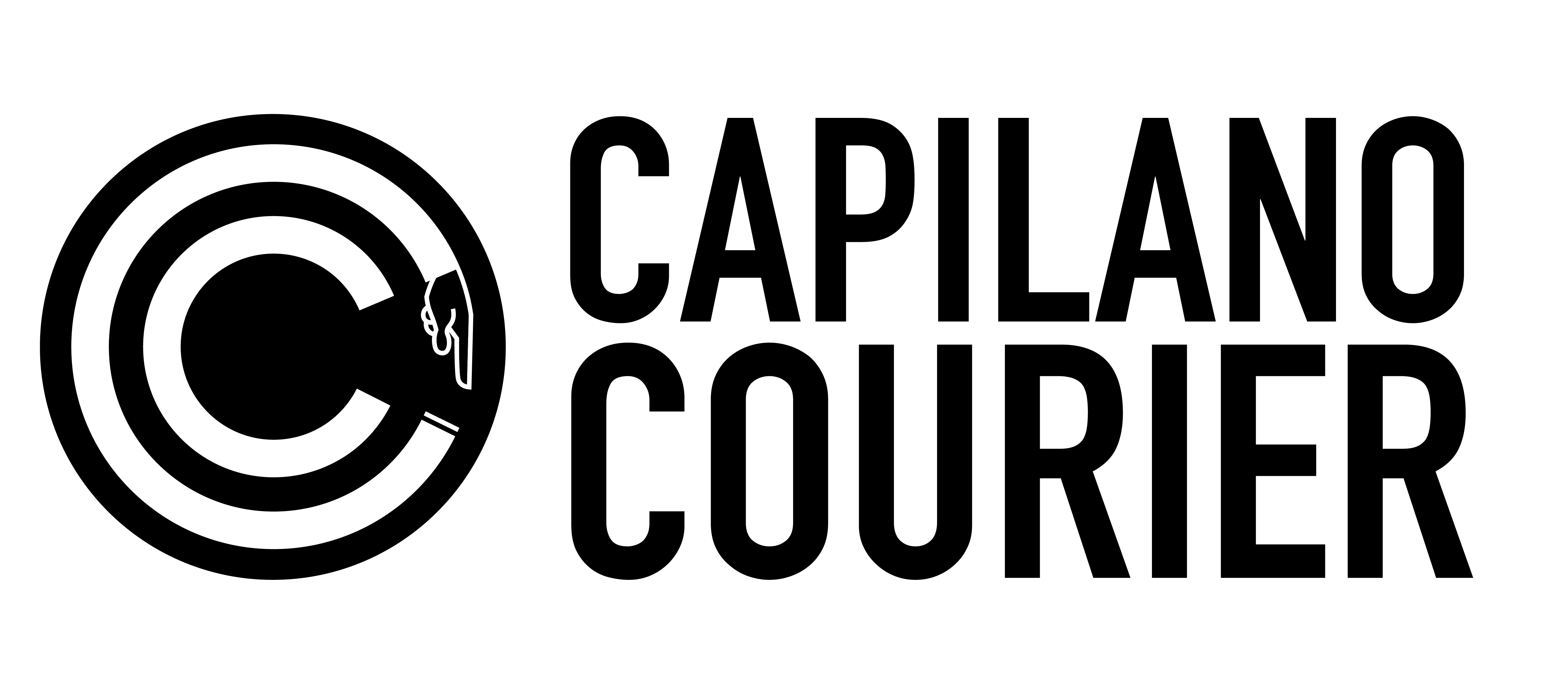The CSU remain skeptical that the changes will decrease wait times
Megan Amato // Associate New Editor
TransLink’s new plan for added bus routes and service changes to Capilano University (CapU) will begin on Apr. 6, four months after their initial estimated date for Jan. 2020. North Shore residents will finally get to try out the new R2 Marine Drive RapidBus, which will replace the 239 Park Royal/CapilanoU, starting service at Park Royal and ending at Phibbs Exchange. A new express route will also be added from Willingdon Station to Phibbs Exchange and is expected to decrease the number of transfers for those that commute to Capilano from Burnaby. The 28 Joyce Station/Capilano and 130 Metrotown/Capilano, which run during peak times, will now terminate at Phibbs Exchange, with a shuttle running every 10 minutes to connect students to CapU.
Despite the new express routes aim to increase service and limit transfers, the CSU is worried about the wait time increases at Phibbs Exchange due to the termination of the 28 and 130 Capilano buses. The CSU has worked on building a good relationship with TransLink since the fall and Emily Bridge, CSU President and Vice-President Sustainability and Equity, states that the transportation network is committed to doing what they think is right. Greeters will be waiting at Phibbs during the first two-to-three days of the transition and will stay a few more days to help direct students who are confused about the service changes.
Despite TransLink’s efforts, the CSU remains skeptical of the smoothness of the transition. “From the CSU’s perspective, we just don’t see how removing three bus routes to CapU and replacing it with one shuttle is going to work,” said Bridge. “Personally, I’m happy to be proved wrong and that the change will happen and their modelling has been correct and everything will be smooth and the line-ups won’t be that long at Phibbs. I just don’t know if that’s going to happen.” A shuttle will run every six minutes during peak hours, connecting students to CapU, but Bridge states that the CSU is worried about non-peak hours, especially during the 11-11:30 am block when queues at Phibbs are already long.
The CSU is also concerned about TransLink’s “crush-load capacity” that Bridge said tends often to be on university routes. “A standard bus is supposed to fit 50 people, a crush-load fits 77 and that’s not comfortable, that’s not a service standard. We should be trying to improve service,” added Bridge. “Not just to change it but change it so that we see improvement.” Despite the CSU’s concerns, Bridge added that TransLink has made concessions after previous meetings to increase service times of the 245 shuttle. There are things that they can do in the interim if the change in routes doesn’t go as smoothly as TransLink hopes, such as adding extra buses if they’re packed.
TransLink remains confident in their calculations and service changes, but should these developments need to be improved on, Media Spokesperson Dan Mountain stated that “TransLink monitors and adjusts bus service quarterly depending on ridership demand, as measured by public consultation and Compass ridership data.” Part of the problem in extending some of the bus services all the way to CapU is the lack of funding. Greater Vancouver and Translink have already used their federal funding allocated to improve transit on two phases of service updates. Currently, officials are in talks with the federal government to secure funding for phase three, which would include extended routes to CapU.





